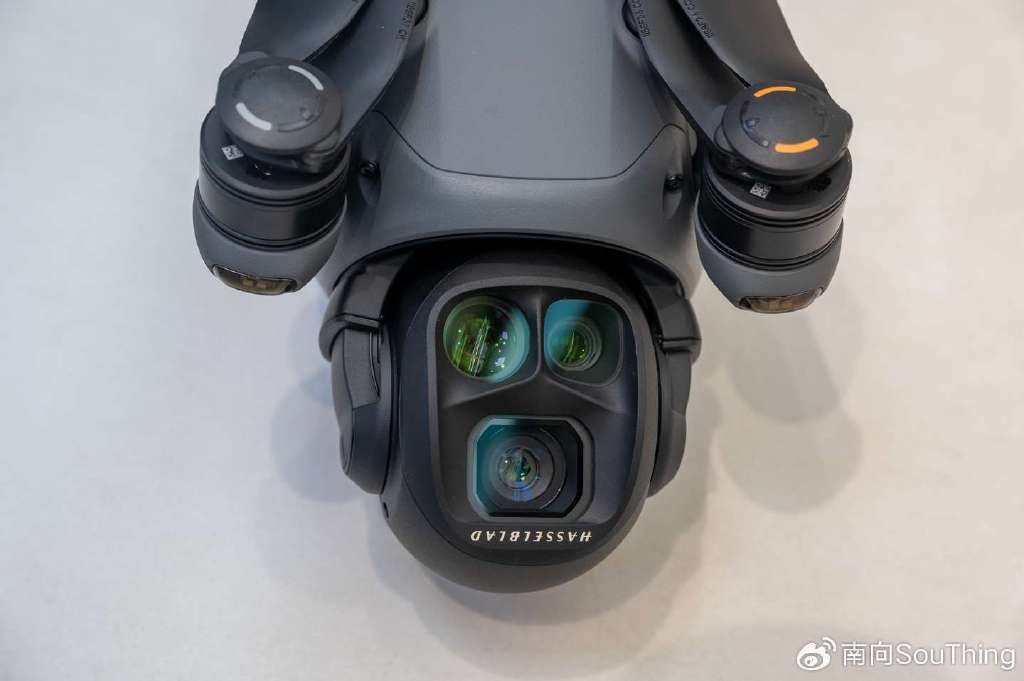Enhancing Infrastructure Safety with Drone Utility Inspections
The emergence of drone technology has significantly revolutionized the way infrastructure inspections are conducted. The use of drones in utility inspections has proven to be exceptionally advantageous due to their ability to reach difficult areas, provide high-resolution imagery, and ensure safety for inspectors. Drone utility inspection involves the utilization of drones equipped with advanced sensors and cameras to monitor and evaluate the condition of infrastructure such as power lines, pipelines, and bridges.
One of the key benefits of drone utility inspection is its efficiency. Traditional inspection methods, which may involve workers climbing structures or using helicopters, are not only time-consuming but also pose safety risks. Drones, however, can quickly and safely hover around and capture detailed images and data. This efficiency leads to reduced downtime and allows for more frequent inspections, thus helping in the early identification of potential issues.
Drones are equipped with state-of-the-art technology that enhances data collection accuracy. With thermal sensors and high-resolution cameras, drones can detect irregularities such as heat leaks, corrosion, or physical damages on infrastructure installations. This high-level precision is crucial for timely maintenance and repair work, preventing further damage and avoiding costly shutdowns.
Furthermore, drone utility inspection minimizes the risk of human error. By automating the data collection process, drones ensure consistent and thorough inspections. The use of drones reduces the need for manual intervention, which can be plagued by oversights and inaccuracies, ensuring that all potential threats to infrastructure integrity are adequately identified and assessed.
From a cost perspective, drone utility inspections are significantly more affordable. The initial investment for drone technology can be offset by the savings from reduced labor costs, quicker inspection times, and minimized infrastructure downtime. Companies investing in drones for utility inspections often find that this technology pays for itself in terms of long-term savings and improved safety outcomes.
Innovative Applications in Various Sectors

Drone technology is not limited to a single type of infrastructure. Its applications are diverse and cross numerous industries. In the power sector, drones can inspect transmission lines and conduct thermal imaging to detect hotspots. In the petrochemical industry, drones meticulously survey pipelines, looking out for leaks and possible points of failure. Public entities employ drones to monitor roads and bridges, ensuring structural health and safety for civilians.
Frequently Asked Questions
How do drones improve safety during inspections?
Drones reduce the need for inspectors to physically access dangerous locations. By using drones, high-risk manual inspections are minimized, lowering potential accidents and ensuring the safety of inspection personnel.
Can drones be used in all weather conditions?
While drones are versatile, extreme weather conditions such as high winds or heavy rain can impact their operation. Most drones are designed to withstand moderate weather conditions, providing reliable performance in various environments.

What types of sensors are typically equipped on drones for utility inspections?
Drones used for utility inspections may carry thermal sensors, optical cameras, and LiDAR sensors, among others. These devices provide an array of data types including thermal imaging and 3D mapping, enhancing the scope and quality of inspections.